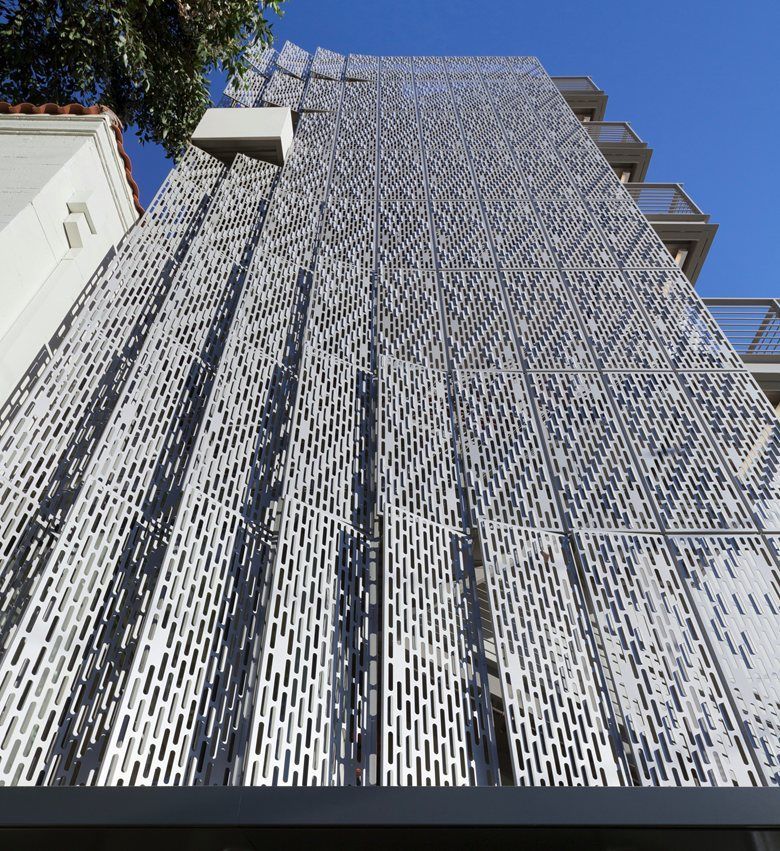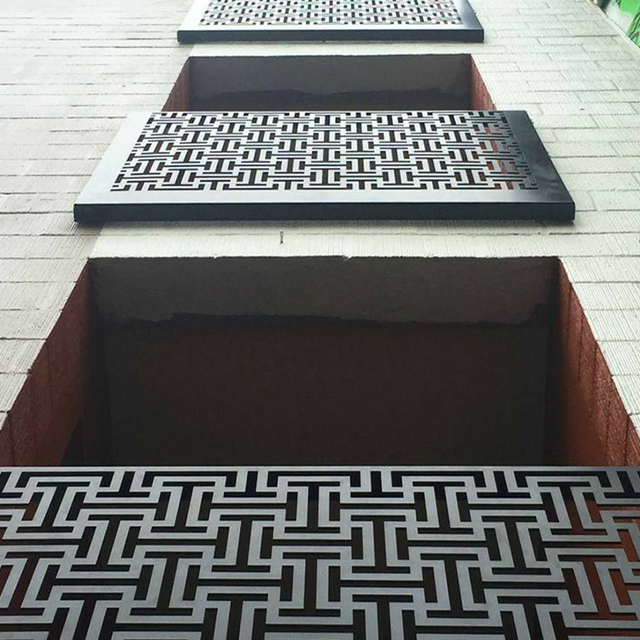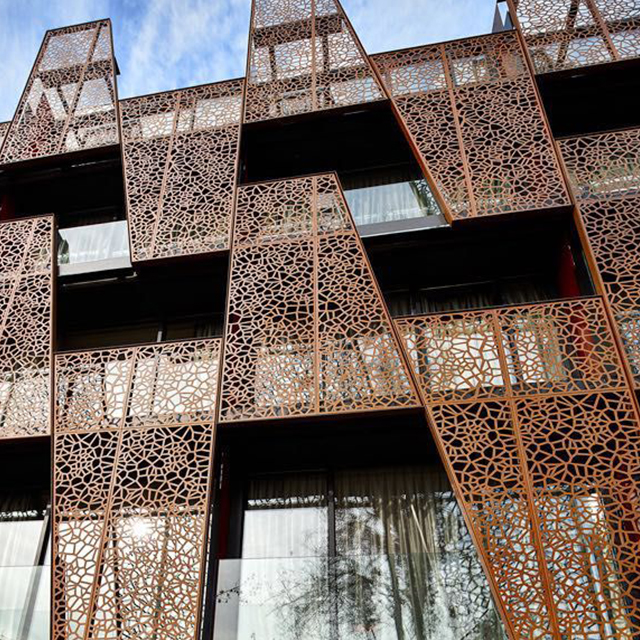Aluminum curtain walls have become a ubiquitous feature in modern architecture, gracing skyscrapers and buildings of all sizes with their sleek, sophisticated aesthetic and exceptional performance. But what exactly goes into creating these awe-inspiring structures? Let’s delve into the intricate world of aluminum curtain wall components, unraveling their names, functions, and the harmonious interplay that brings these architectural marvels to life.
1. Mullions: The Backbone of the Curtain Wall
Imagine the human skeleton, providing the structural support that enables movement and flexibility. Similarly, mullions form the backbone of an aluminum curtain wall, serving as vertical support members that run from floor to floor. These robust extrusions are typically made of high-grade aluminum alloys, ensuring their ability to withstand significant loads and weather conditions.
2. Rails: The Horizontal Bridging Elements
Complementing the vertical mullions are the rails, horizontal bridging elements that connect the mullions at regular intervals. These horizontal members provide structural stability and distribute wind loads evenly across the curtain wall system. Rails are often designed to accommodate various components, such as vision glass, spandrel panels, and insulation materials.

3. Vision Glass: Windows to the World
The heart of any curtain wall lies in its vision glass, the transparent panels that allow natural light to permeate the building’s interior. Vision glass is typically composed of multiple layers of glass, incorporating features like insulation, soundproofing, and tinting to enhance energy efficiency and occupant comfort.
4. Spandrel Panels: Filling the Gaps with Style
Spandrel panels fill the opaque sections of the curtain wall, typically extending from the floor slab to the bottom of the vision glass. These panels serve as both aesthetic elements and functional components, concealing building structure, providing thermal insulation, and contributing to the overall architectural expression.
5. Back Pans: The Unsung Heroes of Curtain Wall Systems
Behind the glamorous facade of a curtain wall lies a network of back pans, unsung heroes that provide structural support and ensure the system’s integrity. Back pans are typically made of sheet aluminum and are attached to the mullions and rails, forming the inner framework of the curtain wall.
6. Gaskets and Sealants: The Invisible Guardians
Invisible to the naked eye, gaskets and sealants play a crucial role in maintaining the curtain wall’s watertightness and air barrier performance. These flexible materials fill gaps and joints between components, preventing water infiltration, air leakage, and energy loss.
7. Insulation: Trapping Heat Within
Insulation materials, typically mineral wool or fiberglass, are often incorporated into the curtain wall system to enhance thermal efficiency. These materials trap heat within the building, reducing energy consumption and maintaining a comfortable indoor environment.
8. Anchors: Connecting the Curtain Wall to the Building
Anchors serve as the crucial link between the curtain wall and the building structure, securely attaching the system to the building frame. These connectors are designed to withstand significant loads, ensuring the curtain wall’s stability and integrity.
9. Pressure Plates and Equalizers: Distributing Loads Evenly
Pressure plates and equalizers are essential components that distribute wind loads and other external forces evenly across the curtain wall system. These components help prevent localized stress concentrations and ensure the overall structural stability of the curtain wall.
10. Weep Holes: Draining Away Excess Moisture
Weep holes, small openings strategically positioned at the base of the curtain wall, serve as drainage channels for any accumulated moisture. These tiny openings prevent water buildup and potential water damage, ensuring the long-term integrity of the system.
Conclusion: A Symphony of Components in Harmony
Aluminum curtain walls are not merely assemblies of individual components; they are intricate systems where each element plays a vital role in the overall performance and aesthetic appeal. From the robust mullions and rails to the vision glass, spandrel panels, and insulation, each component contributes to the curtain wall’s structural integrity, energy efficiency, and visual harmony. Understanding the unique roles and interactions of these components is essential for appreciating the true artistry and engineering prowess behind these architectural marvels.


